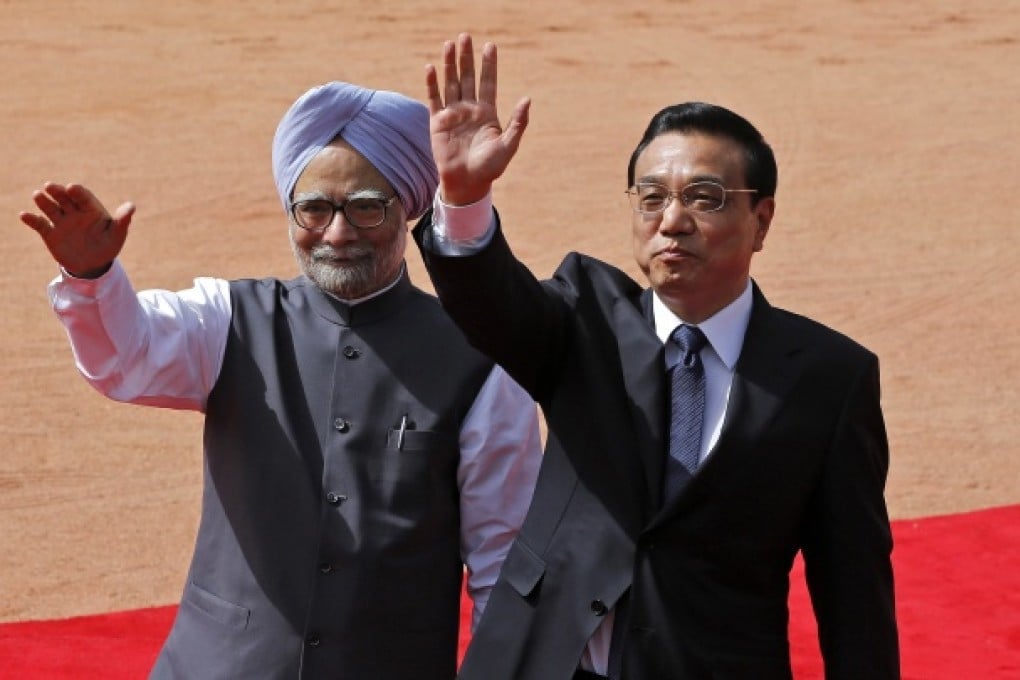Pacific rivals vie for prize of India
Richard Halloran says the US and China are each trying to draw South Asia into their camp

To the Confucian scholar Xunzi, writing in China 2,500 years ago, calling things by the right name was imperative. If things were properly named, he asserted, "there is no longer the danger of people's ideas not being understood". This concept of the "rectification of names" is as applicable today as it was in ancient times.
Take the vast region that is the area of operations for the US Pacific Command, which stretches from the US west coast to the east coast of Africa and from the North Pole to the South Pole. Until recently, that expanse was widely referred to as the "Asia-Pacific" region.
Now comes a subtle change in the name that suggests a more intense competition between the US and China as each seeks to draw India and the rest of South Asia into its camp.
In the late 1980s, Americans defined the "Asia-Pacific" region as China; Northeast Asia, meaning Japan, Korea and the Russian far east; Southeast Asia, the nations on the shores of the South China Sea; Australia and the Pacific islands. India and South Asia were largely ignored.
Today, however, without any fanfare, that area has been renamed the "Indo-Asia-Pacific" region. The focus of attention has been enlarged to take in India and the other nations of South Asia, plus the Indian Ocean through which passes two-thirds of the world's oil shipments and one-third of its bulk cargo each year.
The Pacific Command commander, Admiral Samuel Locklear, introduced the term "Indo-Asia-Pacific" in testimony before a congressional committee in March.
